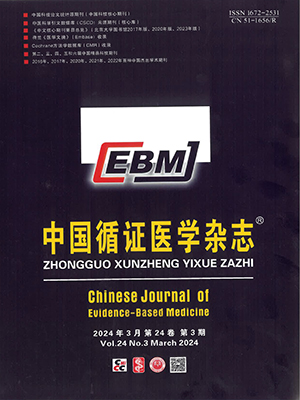| 1. |
Adnerson RM, May RM, Infectious Diseases of Humans: Dynamics and Control. Oxford University Press, Oxford, 1991.
|
| 2. |
Available from: https://3g.dxy.cn/newh5/view/pneumonia?scene=2&clicktime=1579583352&enterid=1579583352&from=timeline&isappinstalled=0.
|
| 3. |
Available from: https://m.weibo.cn/u/2803301701.
|
| 4. |
Chinazzi M, Davis JT, Gioannini C, et al. Series reports entitled “preliminary assessment of the international spreading risk associated with the 2019 novel coronavirus (2019-nCoV) outbreak in Wuhan City” (unpublished).
|
| 5. |
Donnelly CA, Ghani AC, Leung GM, et al. Epidemiological determinants of spread of causal agent of severe acute respiratory syndrome in Hong Kong. Lancet, 361, 2003: 1761-1766.
|
| 6. |
Chan JFW, Yuan S, Kok KH, et al. A familial cluster of pneumonia associated with the 2019 novel coronavirus indicating person-to-person transmission: a study of a family cluster. Lancet (in press).
|
| 7. |
Pastor-Satorras R, Castellano C, Mieghem PV, et al. Epidemic processes in complex networks. Review of Modern Physis, 2015, 87(3): 925-979.
|
| 8. |
Wallinga J, Lipsitch M. How generation intervals shape the relationship between growth rates and reproductive numbers. Proceedings of the Royal Society B: Biological Sciences, 2007, 274(1609): 599-604.
|
| 9. |
Imai N, Dorigatti I, Cori A, et al. Series Reports Entitled “Estimating the potential total number of novel Coronavirus in Wuhan City, China” (unpublished).
|
| 10. |
Read JM, Bridgen JRE, Cummings DAT, et al. Novel coronavirus 2019-nCoV: early estimation of epidemiological parameters and epidemic predictions. Preprint in MedRXiv 2020 (unpublished).
|
| 11. |
Leo YS, Chen M, Heng BH, et al. Severe acute respiratory syndrome-Singapore 2003. Morb Mortal Weekly Report, 2003, 52(18): 405-432.
|
| 12. |
Lipsitch M, Cohen T, Cooper B, et al. Transmission dynamics and control of severe acute respiratory syndrome. Science, 2003, 300(5627): 1966-1970.
|
| 13. |
Imai N, Cori A, Dorigatti I, et al. Transmissibility of 2019-nCoV (unpublished).
|
| 14. |
Riley S. Transmission dynamics of the etiological agent of SARS in Hong Kong: impact of public health interventions. Science, 2003, 300(5627): 1961-1966.
|
| 15. |
Wallinga J, Teunis P. Different epidemic curves for severe acute respiratory syndrome reveal similar impacts of control measures. Am J Epidemiol, 2004, 160(6): 509-517.
|
| 16. |
Lessler J, Chaisson LH, Kucirka LM, et al. Assessing the global threat from Zika virus. Science, 2016, 353: aaf8160.
|
| 17. |
Majumder MS, Rivers C, Lofgren E, et al. Estimation of MERS-coronavirus reproductive number and case fatality rate for the spring 2014 Saudi Arabia outbreak: insights from publicly available data. PLoS Currents Outbreaks, 2014, 6.
|
| 18. |
Eichner M, Dietz K. Transmission potential of smallpox: estimates based on detailed data from an outbreak. Am J Epidemiol, 2003, 158(2): 110-117.
|
| 19. |
Balcan D, Gonçalves B, Hu H, et al. Modeling the spatial spread of infectious diseases: The Global Epidemic and Mobility computational model. J Com Sci, 2010, 1(3): 132-145.
|
| 20. |
Brockmann D, Helbing D. The hidden geometry of complex, network-driven contagion phenomena. Science, 2013, 342(6164): 1337-1342.
|
| 21. |
Bengtsson L, Gaudart J, Lu X, et al. Using mobile phone data to predict the spatial spread of cholera. Sci Rep, 2015, 5: 8923.
|
| 22. |
Liu QH, Ajelli M, Aleta A, et al. Measurability of the epidemic reproduction number in data-driven contact networks. PNAS, 2018, 115(50): 12680-12685.
|




